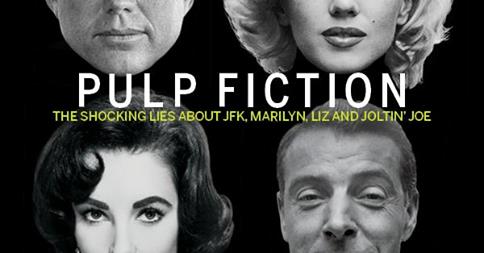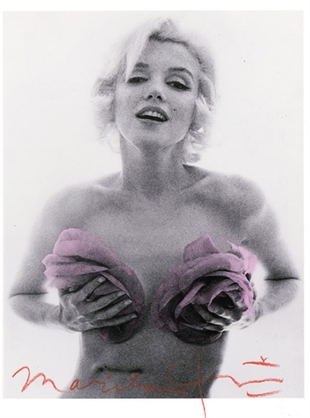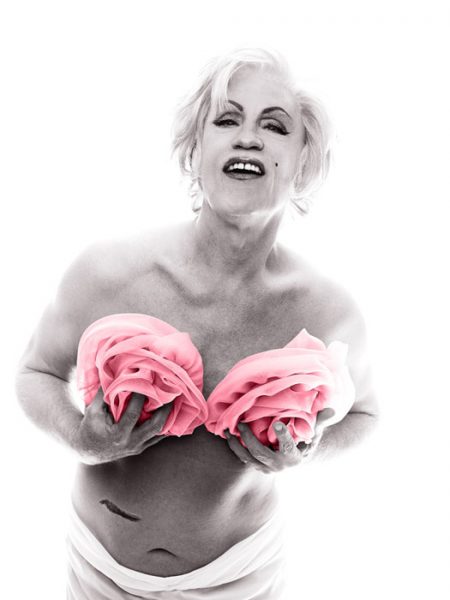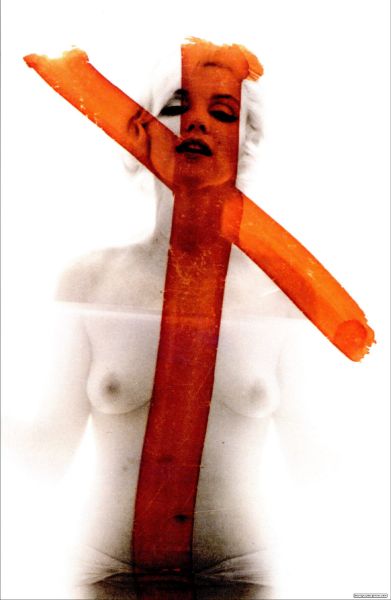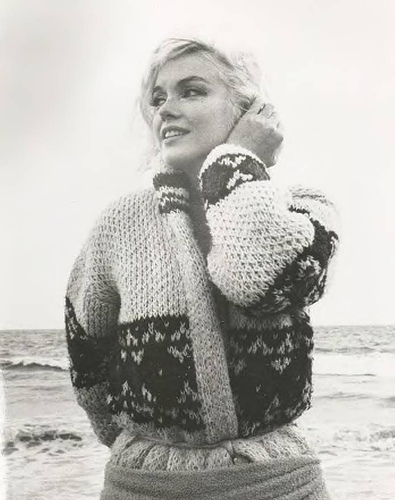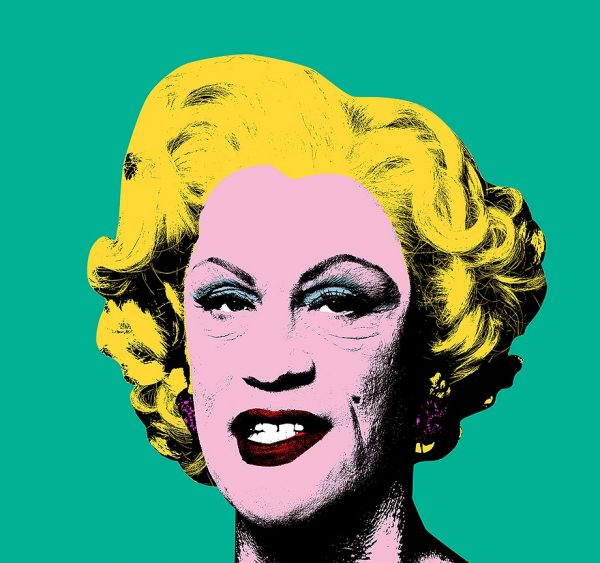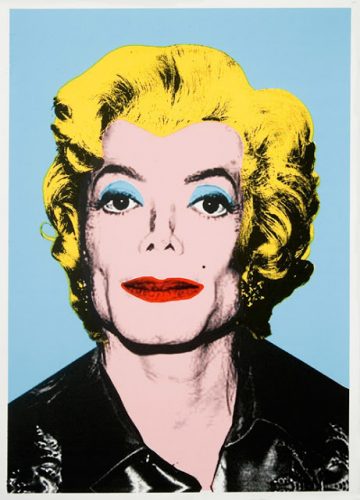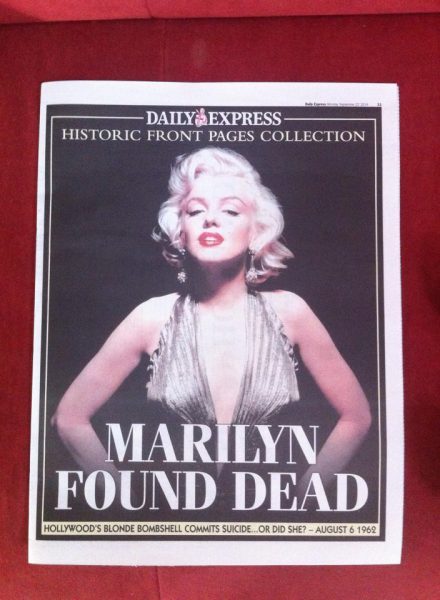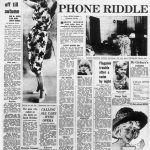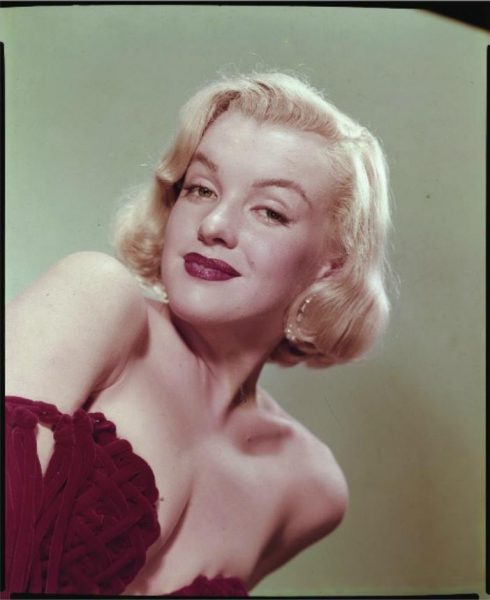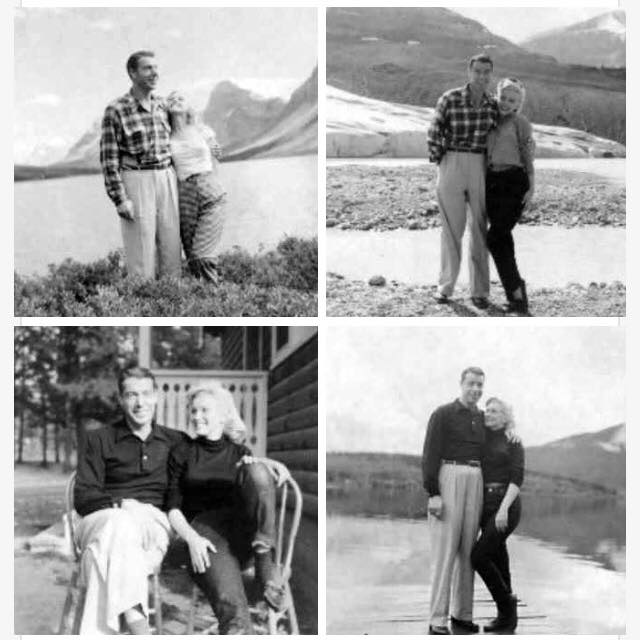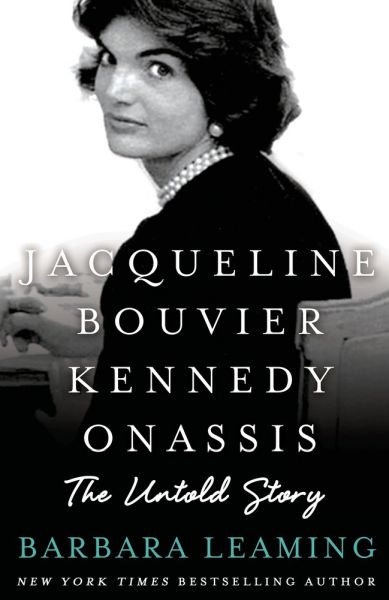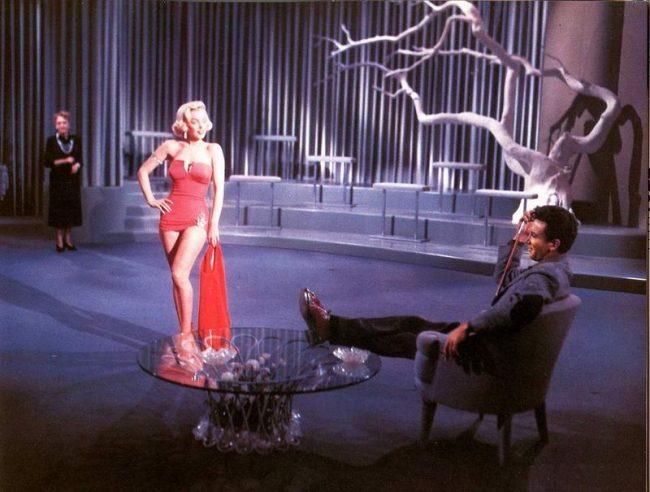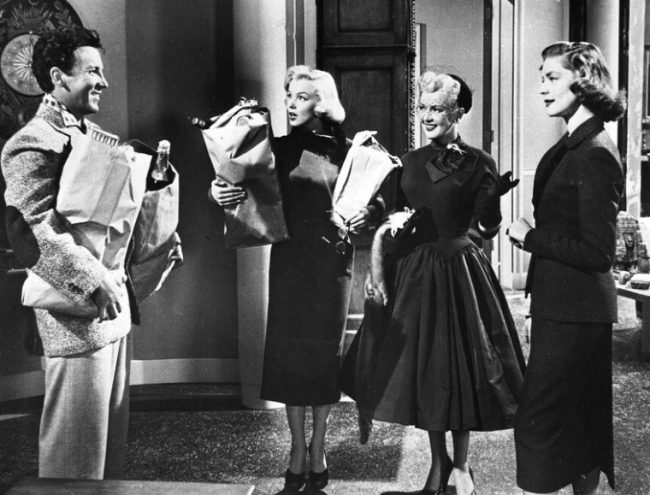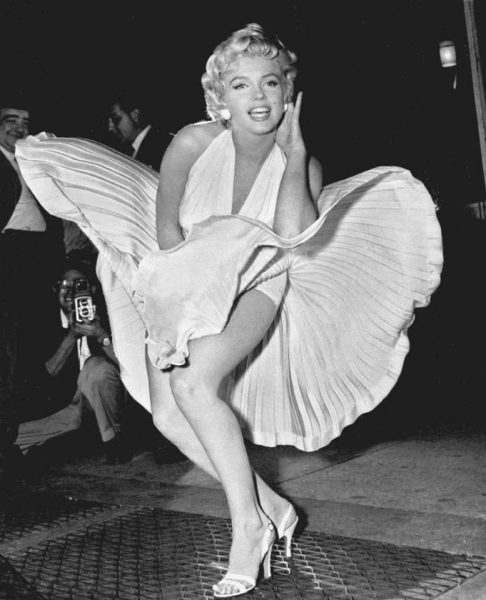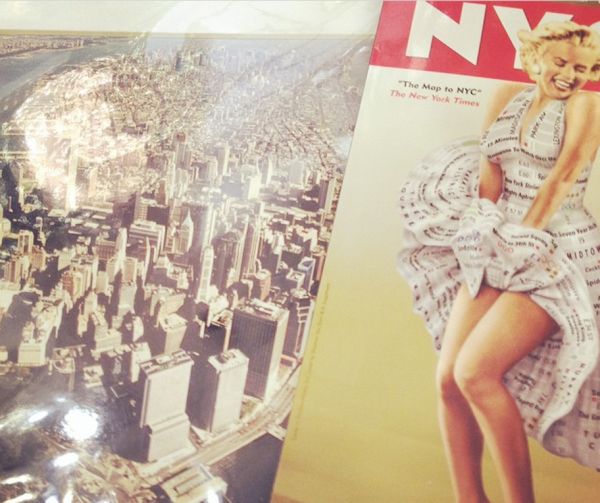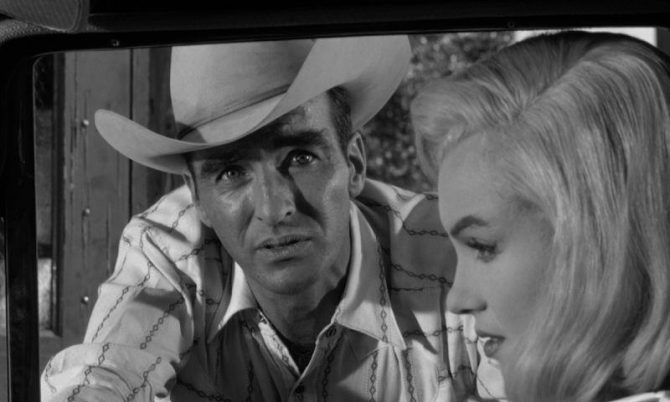
‘The Long Suicide of Montgomery Clift’ – an extract from Anne Helen Petersen’s upcoming book, Scandals of Classic Hollywood – is published at Vanity Fair today.
“Clift appeared in The Misfits, a revisionist western best known as the final film of Marilyn Monroe and Clark Gable. The director, John Huston, supposedly brought in Clift because he thought he’d have a ‘soothing effect’ on Monroe, who was deeply embroiled in her own addictions, with her own personal demons. But even Monroe reported that Clift was ‘the only person I know who is in even worse shape than I am.’ The pictures from the set are as poignant as they are heartbreaking: it’s as if all three were meditating on their respective declines, and there’s a sad, peaceful resignation at the difference between what their bodies could do and how people wanted to remember them.
But 1961 audiences were too close to the day-to-day deterioration of its stars to see the meditative genius of The Misfits. It was also a dark, melancholy film: as a review in Variety pointed out, the ‘complex mass of introspective conflicts, symbolic parallels, and motivational contradictions’ was so nuanced as to ‘seriously confound’ general audiences, who were likely unable to cope with the philosophical undercurrents of the Arthur Miller script. Or, as Bosley Crowther, taking the populist slant in The New York Times, explained, the characters were amusing, but they were also ‘shallow and inconsequential, and that is the dang-busted trouble with this film.’
Whether morally repulsive or philosophically compelling, The Misfits bombed, only to be recuperated, years later, as a masterpiece of the revisionist genre. Looking back, the film had a legacy of darkness surrounding it: Gable died of a heart attack less than a month after filming; Monroe was only able to attend the film’s premiere with a pass from her stay at a psychiatric ward. She wouldn’t die for another year and a half, but Misfits would be her last completed film. As for Clift, the shoot was incredibly taxing, both mentally and physically: in addition to acquiring a scar across his nose from a stray bull’s horn, severe rope burns while attempting to tame a wild horse, and various other rough-and-tumble injuries, he also performed what has widely come to be regarded as one of his best scenes, a stilted, heartbreaking conversation with his mother from a phone booth. Even if Clift himself was already spiraling out of control, playing a character that did the same only amplified the psychological toll.”
